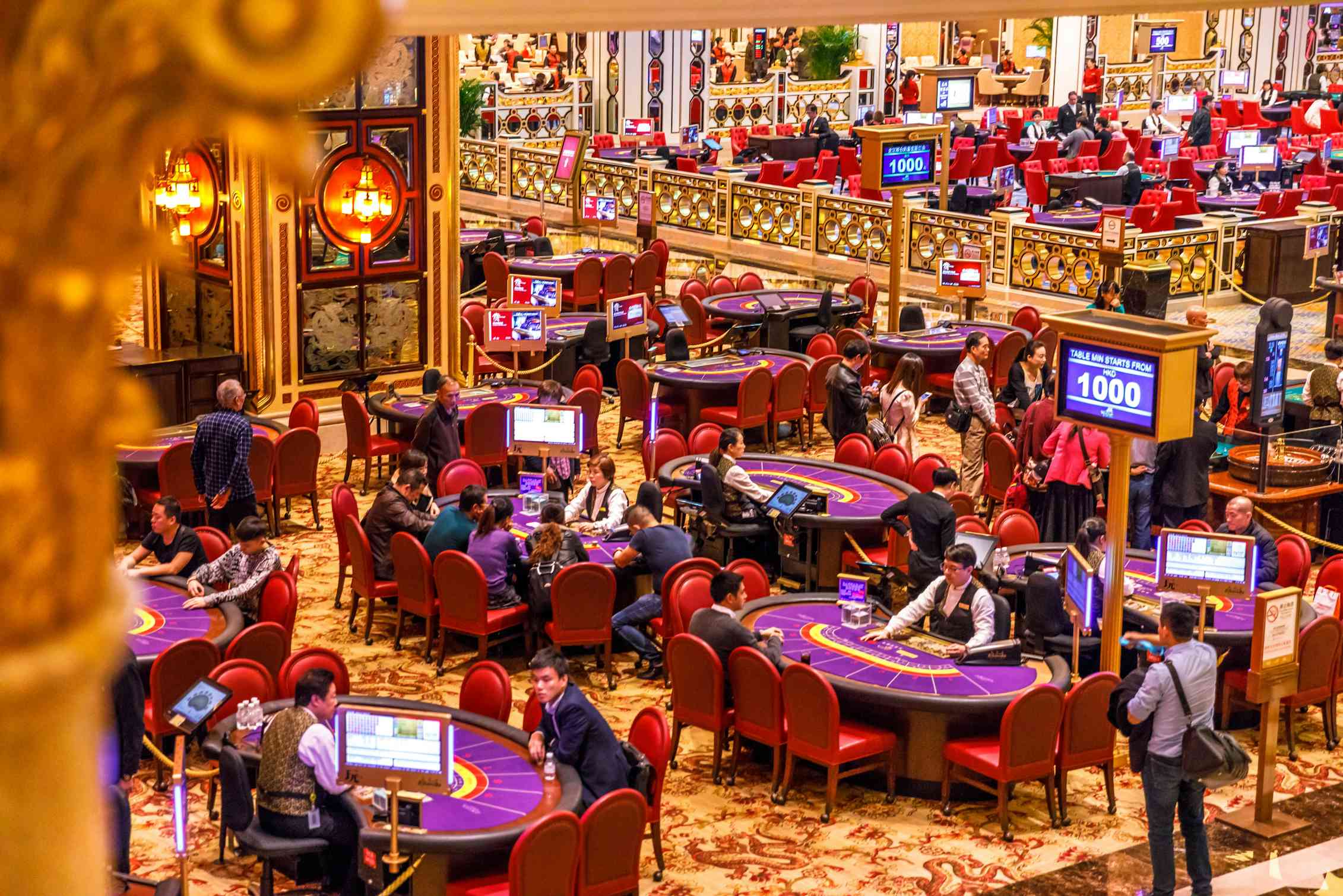The manner in which Gaming Establishments Use Hue and Style to Attract Gamers

Within the vibrant and stimulating world of gaming establishments, wherein fortune and strategy intertwine, hues and design play a key role in attracting gamblers. From the moment visitors step inside a casino or access a gaming platform, they are enveloped in a visual feast that grabs their attention and entices them to explore further. Bright colors, captivating graphics, and innovative layouts are carefully crafted to create an environment of excitement and expectation, ultimately improving the gaming experience.
As gamblers move through the dynamic landscape of casino games, they encounter a variety of designs that not only serve aesthetic purposes but also affect emotions and choices. Colors like red and yellow symbolize riches and luck, while calm navy and greens can create a much relaxed environment. Grasping how these elements work together allows casinos to create an welcoming and stimulating atmosphere that encourages players to interact with the games, invest additional time at the tables, and boost their general enjoyment.
The Study of Tint in Casino Games
Hue plays a critical role in the design of gaming experiences, influencing players' emotional states and behaviors. Bright and striking hues, such as crimson and yellow, are often used to ignite excitement and draw focus. These shades create a sense immediacy and dynamism, encouraging players to participate more enthusiastically with the game. By thoughtfully selecting hues, designers aim to elicit feelings of pleasure and expectation, which can enhance the complete game experience.
Various shades also have psychological meanings that can influence how participants perceive their odds of success. Rút tiền FB88 For case, emerald is commonly associated with luck and abundance, making it a popular choice in activities like roulette and poker tables. This connection can cause gamblers to feel more hopeful and assured in their play, ultimately inspiring them to stake more. Comprehending these associations allows game designers to design environments that enhance player happiness and retention.
Furthermore, the layout of casino game interfaces often utilizes blended colors and contrasting colors to guide players' actions. For instance, winning results may be accentuated with bright, contrasting colors, creating a visual incentive. This method reinforces successful results and supports repeated gameplay. By leveraging color psychology, casinos can develop activities that not only attract gamblers but also keep them interested and committed in their play experience.
Creative Features that Attract Players
The aesthetic appeal of gambling games is largely influenced by the use of vibrant colors. Bright and striking colors are deliberately chosen to create an inviting atmosphere that grabs interest. For example, crimson and golden hues often signify good fortune and wealth, which is why they are prevalent in the palettes of slot machines and table surfaces. FB88 These colors not only attract players in, but they also stir emotions associated with thrill and expectation, enhancing the overall gaming experience.
In parallel to color, the aesthetic and organization of casino games play a crucial role in captivating players. Games are designed to be user-friendly, ensuring that players can quickly understand the guidelines and gameplay. Accessible interfaces, along with captivating graphics and motion, help maintain player interest and encourage extended play sessions. The tactile elements, such as the feel of the controls and the sounds of the games, also add to a holistic sensory experience that keeps players engaged.
Finally, conceptual elements in game design can greatly influence player choice. Many gambling games are inspired by popular culture, myths, or exploration motifs, featuring symbols and characters that connect with players. These themes create a sense of engagement and relatability, making each game feel unique. When players feel a bond to the concept, they are more likely to choose that game over others, leading to increased participation and enthusiasm within the casino environment.
Case Studies: Effective Gambling Table Game Designs
One noteworthy example of effective gambling game design is the popular slot machine series based around blockbuster movies. Games such as those based on the The Wizard of Oz and Game of Thrones utilize dynamic colors and high-quality graphics to enthrall players in familiar narratives. The use of dynamic visuals and entertaining sound effects takes the interest of players, creating an emotional connection to the theme. This approach not only fosters longer play but also enhances the overall gaming experience, yielding increased player retention.
Another notable case is the use of the psychology of color in table games like 21 and roulette. Casinos often design these games with deep reds and greens, colors traditionally associated with luck and wealth. For instance, the emerald felt on a 21 table provides a soothing effect, while the red accents in the wheel invite excitement. This thoughtful use of color helps to foster an inviting atmosphere that stimulates players to join in, satisfying their psychological impulses and enhancing their enjoyment.
Finally, online casino games that feature social features and bright, dynamic designs have experienced remarkable success in engaging players. Games like Zynga's Poker and Slotomania leverage bright colors and playful animations to create an inviting online environment. The inclusion of leaderboards, community sharing options, and in-game rewards fosters competition and community, pulling players in for longer sessions. Such designs not just make the games visually appealing but also emphasize community engagement, a key factor in player retention and engagement within digital casino environments.
